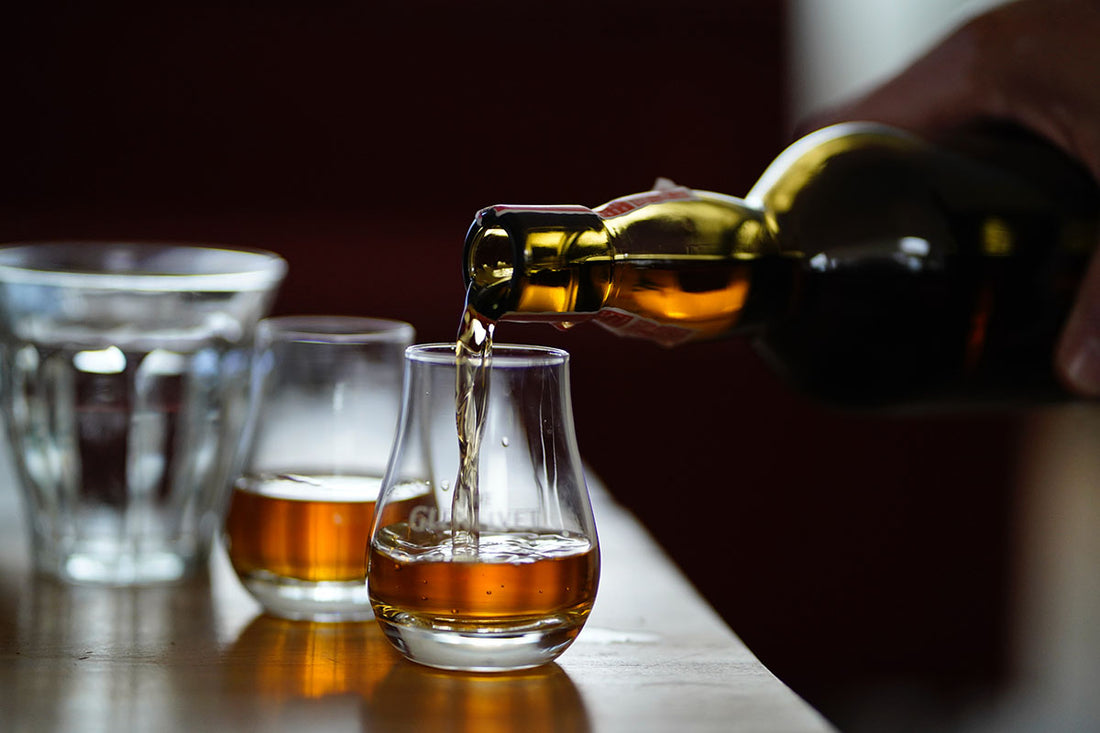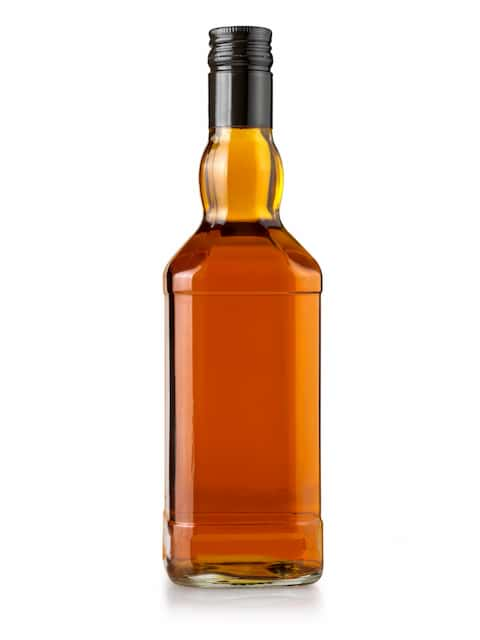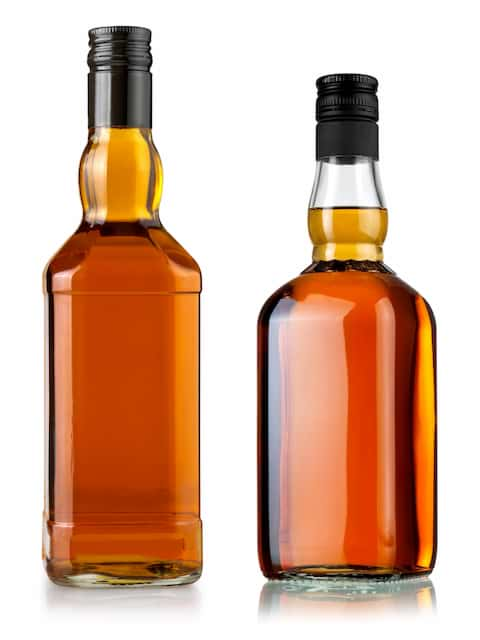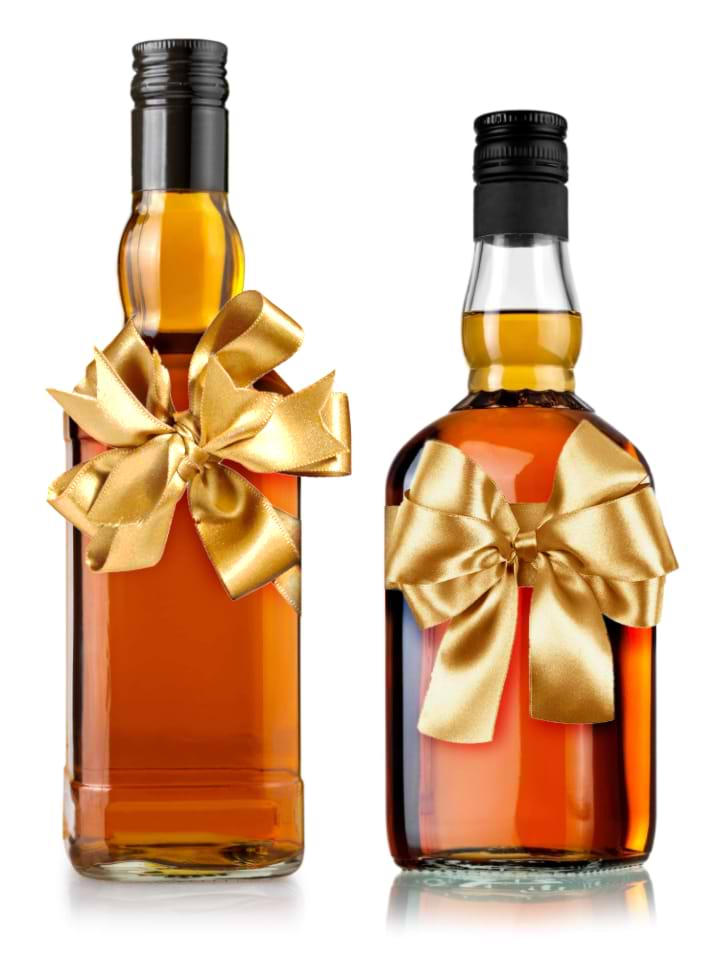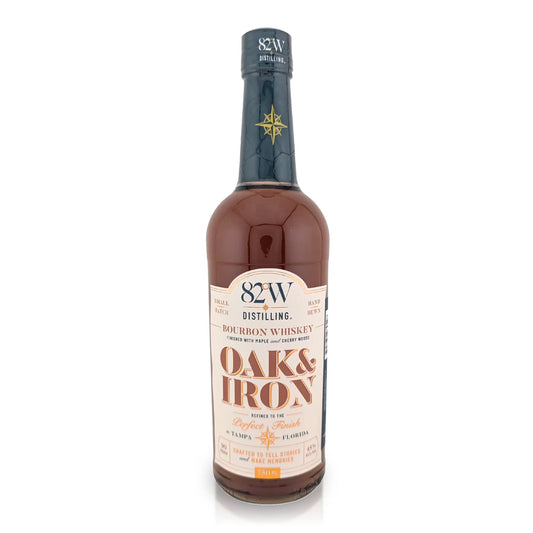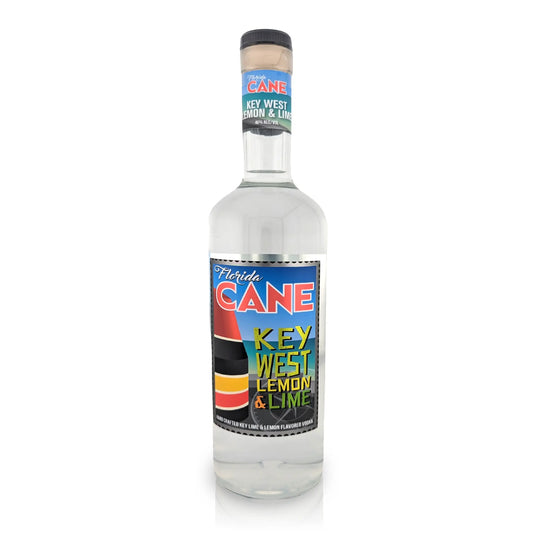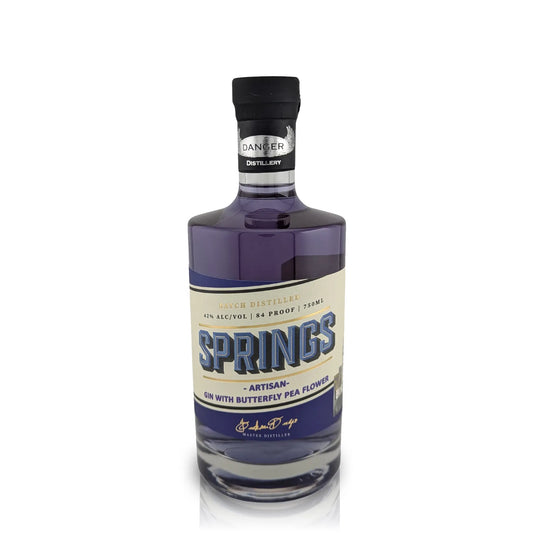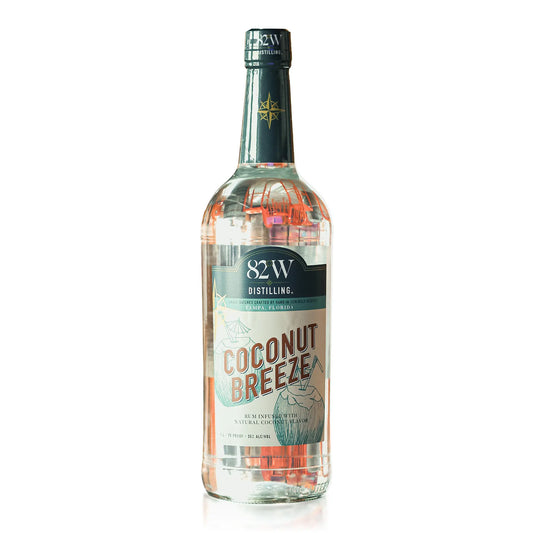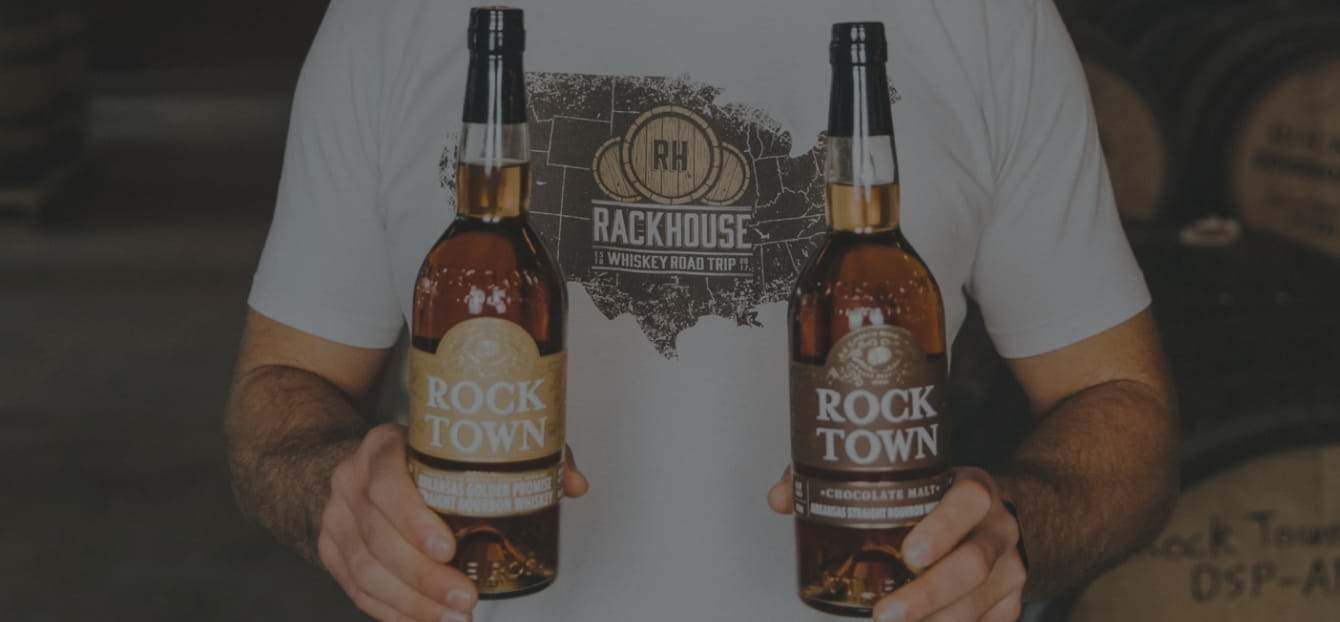By guest author, Jon Christensen
The most important item in your whiskey kit, next to the whiskey of course, is a glass. Visit enough distilleries and you will collect many of the styles in the below list over time. Each style of glass has its pros and cons. Additionally, each glass is best suited to a particular situation/style of whiskey. In the end, personal preference plays a critical role because whiskey is all about personal preference. Let us take a journey together through several options and hopefully we will learn something new and possibly find some inspiration in the adventure.
There are three main characteristics of a whiskey glass. The appearance and feel, drinkability, and ability to concentrate aromas. Appearance and feel are relatively simple. Does the glass feel right in your hand? Is it too heavy? Does it feel like you could break it simply by breathing on it hard? In general, the glass should feel solid and well balanced in your hand, of good quality, and should look good sitting on the shelf.
Drinkability is one of the most important characteristics. For me, the edge of the glass is crucial. Too thin or thick an edge can have you worrying about spilling as you sip instead of simply enjoying the whiskey slipping past your lips. You also don’t want to have to tip the glass to the ceiling to get the final precious drop of “the water of life” out of the bottom of the glass. Last, but definitely not least, you want a glass that helps enhance and concentrate the aromas coming out of the glass. For a high proof whiskey, you might consider a wider opening that allows the spirit to breathe a little (and may want to add a drop or two of water). For a single malt, Scotch, or more subtle whiskey you want a glass that concentrates the aromas and allows you to fully enjoy the nose. For whiskeys from low end producers (or Canada), the best choice is a large rocks glass. Pour a generous serving into the glass, walk over to the sink, pour down drain and rinse glass. You will be the better for it. Seriously though, the perfect whiskey glass, like the whiskey that goes into it, is in the end based on personal preference. To be honest, since this whiskey lover acquired his first Glencairn Mixer it has been the most used glass for all occasions, but I get ahead of myself.
Let me take you on a journey through the range of whiskey glasses currently on the market. The most popular types being the tumbler, the Glencairn, the snifter, the tulip-shaped glass, and the neat whisky glass. The key is to find the one or two glasses for whiskey that work best for you, and start drinking like an aficionado.
Here is a summary of the major whiskey glass types:

The Tumbler
The tumbler is also commonly referred to as a rocks glass, old fashioned glass, or lowball. You will find this glass at every bar. It is best suited to cocktails, mixed drinks and lower end whiskey. These come in two main styles for whiskey consumption — the standard rocks glass and the rounded rocks glass. The rounded rocks glass has a more spherically shaped base which is perfect for an ice sphere.
Positives
- Found at almost every bar
- Plenty of space for ice and large pours
- Does not concentrate aromas - which is useful for lower end whiskey
Negatives
- Large thick lip on the glass
- Not as comfortable in the hand
- Does not concentrate aromas which enhance a good whiskey

The Glencairn
The Glencairn glass is probably the most common whiskey glass. You will find this type of glass at most distilleries for whiskey tastings. In Scotland, you will find almost nothing else even at the local pub when you slip in for a “wee dram”. The tulip shaped body allows you to easily swirl whiskey and the narrow opening focuses vapors. The shape of the glass is derived from the traditional “nosing copitas” used in the 17th and 18th centuries by wine and spirits merchants and in many distilleries today.
Positives
- Concentrates aromas to enhance tasting
- Face it... it looks good!
Negatives
- Not a lot of room for whiskey
- No room for ice
- Feels dainty in your hand

The Glencairn Mixer
This glass is also known as a Canadian Whisky Glass. This is one of the best contributions from Canada to the whiskey industry. This is the best glass for both tasting and enjoying larger pours of whiskey at the same time. The wider mouth allows plenty of room to add ice, but still funnels aromas like the standard Glencairn glass. The wider bowl allows room for ice or whiskey stones and better yet… more whiskey. Additionally, the larger bowl sits perfectly in your hand.
Positives
- Perfect for everything whiskey
- Concentrates aromas to enhance tasting
Negatives
- None… other than it is from Canada.

The Snifter
The snifter (also called a Brandy or Cognac Glass) is a short-stemmed glass that features a narrow top and wide-bottomed vessel.
Positives
- Hard to spill
- Sits well in the hand for swirling
Negatives
- The wider mouth allows some aroma to escape

The Aroma Snifter
This glass does not have a stem but rather a wider bottom for support and ease of standing. Like the tumbler, it also comes in several various shapes including a more “v” shaped structure. It has many of the advantages of the Glencairn glass in addition to the wider bowl of the standard snifter. This type of glass is used by and available at many distilleries including Willett and Glenfiddich. This is my second favorite glass mainly for feel and have a set of four I use for tastings.
Positives
- Concentrates aromas to enhance tasting
- More stable than a standard Glencairn or snifter
Negatives
- Not a lot of room for whiskey
- No room for ice

The Neat Glass
This is a relatively new style of glass. NEAT stands for Naturally Engineered Aroma Technology. The story is that it is the result of a mistake made in a glass blowing factory, but subsequent analysis of the glass revealed it was perfectly shaped to direct harsh vapors away from the nose while retaining the more subtle vapors. My daughter gave me this glass as a present and I really wanted to love it, but… sorry, Sarah.
Positives
- It evaporates harsh vapors when drinking low end whiskey
- Has room for ice with a large bowl
Negatives
- Uncomfortable to drink from

The Riedel VINUM:
This is an interestingly shaped glass. The outward facing lips of the glass (like with the NEAT glass) are supposed to enhance taste. The glass was made by Riedel in 1992 in collaboration with a panel of scotch whisky experts with the goal of enhancing the tasting experience. It is a blend between several other styles.
Positives
- Perfect for sweeter whiskey
- Concentrates aromas to enhance tasting
Negatives
- This is the most fragile of the glasses. Breath too hard and it could break.
There are several variations of the glasses above with wider bowls but most fall into these general categories. If you are looking for something special to impress your friends, there are whiskey glasses with:
- A bullet embedded in the glass — Bulletproof
- A notch in the side to hold your cigar — Corkcicle Cigar Glass
- Decorated versions of many of the above glassware.
- Specially shaped vessels like a Golf Ball glass or a Skull glass, both available on Amazon.
The important thing is that like the whiskey you pour into it, you enjoy your glass and it makes you happy. Cheers! Slainte! Prost! Ganbei!

